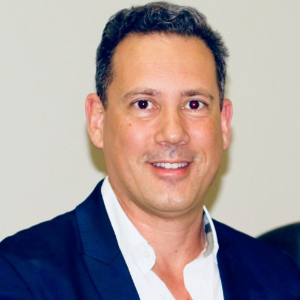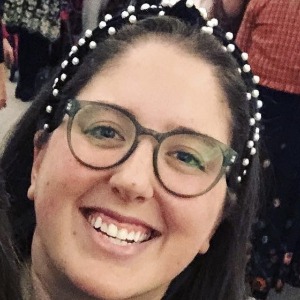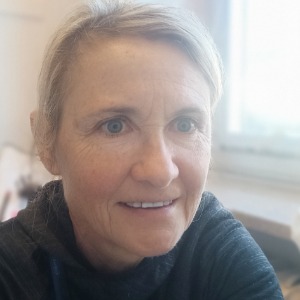Histology of Bones, Cartilage, Muscles, Nerves and Skin
Histology is a discipline of biology that examines the microscopic anatomy of biological tissues. It is sometimes known as microscopic anatomy or microanatomy. Histology is the microscopic counterpart to gross anatomy, which examines bigger structures that are not visible without the use of a microscope. Although one may separate microscopic anatomy into organology, the study of organs, histology, the study of tissues, and cytology, the study of cells, modern use places all of these disciplines under the field of histology The skeleton is made up of several types of specialised connective tissue. Bone and cartilage, like all other connective tissues, consist of cells and extracellular matrix. It is the ground component of the matrix which is largely responsible for the noticeable distinctions between bone and cartilage. The mineralization of bone's ground substance makes it rigid and strong, but fragile. Cartilage is hard and incompressible, but more flexible and resilient than bone, due to its non-mineralized ground component, which is more like very firm Jelly.

Jay Spector
American Academy of Podiatric Sports Medicine (AAPSM), United States
Marcia J Scherer
Institute for Matching Person and Technology, United States
Marcos Brioschi
American Academy of Thermology, United States
Blair Gorenberg
Shirley Ryan Abilitylab, United States
Roberta Sartori
IRCCS Materno-Infanitle Burlo Garofolo, Italy
Cho Li Yin
Taichung Veterans General Hospital - VGHTC, Taiwan




Title : Best practice guidelines for the use of pharmacological neuromodulation in disorders of diminished motivation: A comprehensive approach
Vaidya Balasubramaniam, Illawarra and Shoalhaven Local Health District Hospitals, Australia
Title : A forgotten component of knee osteoarthritis
Ron Blehm, EEI Physio LLC, United States
Title : Functional outcomes of DSSA-Based pelvic rehabilitation combined with manual therapy and electrostimulation in men after oncologic surgery: A retrospective case series
Eren Uyar, Fizyomen Physiotherapy & Rehabilitation Center, Turkey
Title : We are living and working in the age of individualization
Marcia J Scherer, Institute for Matching Person and Technology, United States
Title : Efficacy of Inspiratory Muscle Training (IMT) in post-weaning ICU recovery: A clinical randomized controlled trial
Warda Khan, Chongqing Medical University, Pakistan
Title :
Subramanya Adiga, Middlemore Hospital, New Zealand